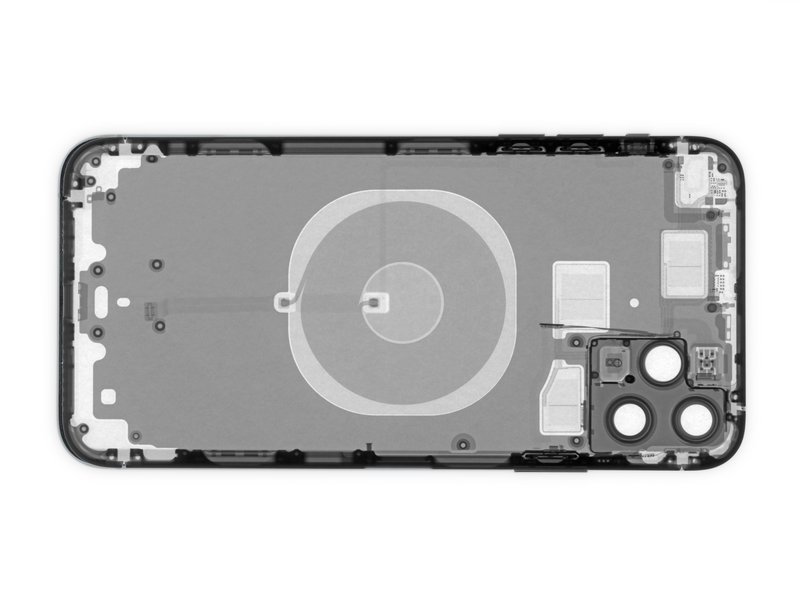We started NewAer for devices to act as an agent to do things for you. This is our “cookie for the real world” vision. We believe user interactions should be a minimum of opting-in to an app, with the environment reacting quickly from Peer to Peer communication, known as P2P. We built this with our Software Developer Kit for anyone to utilize!
The iPhone 11 includes capabilities that evolved from their Near Field Communication (aka NFC) first launched with Apple Pay on the iPhone 6. Now the NFC reader can read traditional “sticker tags” with embedded codes to trigger events. These can be used for launching a web page or firing off a sequence of events in Apple’s application called Shortcuts. The iPhone XS and XR have this capability too, even the iPhone 7 and iPhone X can read these tags, but they require a third party software application, so it’s not seamless.
At NewAer, we automated these interactions for use cases like launching a map app when you get into a car, along with music and lights coming on automatically when you get home at night. These proactive digital IRL (in real life) use cases were early features of our ToothTag app way back in 2011.
The second new Apple capability utilizes Ultra Wide Band, known in the industry as UWB, powered by Apple’s U1 chip, most likely made by USI Global who also makes the WiFi chip. This was presented merely as a logo on one slide of the Apple keynote, but the updated iPhone website says the iPhone will know where it is within a space for new experiences where “you can point your iPhone toward someone else’s, and AirDrop will prioritize that device so you can share files faster.” In the past, Airdrop would require a bit more waiting for discovering devices, unless both users were on the same WiFi network and discoverable.
Further to this UWB, early versions of iOS 13 code showed the presence of an Apple product internally called Tags, which leverage the directionality of UWB and perhaps its diversity antennas for the U1 chip to locate the small user placed gadget on items like your keys or TV remote control. There is even reference to “floating balloons” that will rise in augmented reality above your misplaced items.

Apple’s UWB antennas are the squares within the rectangle metal voids, to the right of the “ring” which charges the iPhone wirelessly.
UWB has been around laboratories for years but is first to market on Apple products. That being said, the P2P hardware space is heating up with Sony Spreadsense and even Amazon’s Ring team launching a 900MHz unlicensed radio they call Sidewalk that their famous doorbell cameras and lights will use. Their vision is to communicate P2P to enable remote motion detection and even turning yard lights on. Amazon’s future products may be wearable, like a dog collar or kid tracker to let you know who ran off in what direction, as read by a network of Ring cameras, or when the kids came home from school! Samsung and their Smarthings team has been making tags for years, both as RFID for Samsung phones and over Z-Wave for their hubs, to trigger experiences as well.
The team at NewAer have been assembling diversity antennas over Bluetooth Low Energy or BLE on our Linux Raspberry Pi or Windows code to enable “steerable” AKA directional use cases as well. We leverage two or more radio sources as a way to measure Time Of Flight (TOF) between a single device or multiple device nodes. This gives us the direction that a mobile device is heading to anticipate future interactions. In the future, the Bluetooth consortium hopes to get accuracy down to 10 centimeters with their 5.1 specification with diversity antennas, so they too are moving to a path of precision.
For NewAer to achieve location or distance precision, our SDK is requests feedback from the other radio devices which are broadcasting. This gives our customers a way to infer distance between devices inside of a space. Because we operate our code as a hashed-ID P2P framework, it is as quick as it is anonymous. If the radio fingerprint is sent to a server, then our engine can start to assimilate which devices are spread-out within an area and the server can compile a path, direction and even capabilities that a device may offer. It’s important to note that for privacy, we never need to know the physical location, just the relation to other devices.
Our unique server framework shows 3 devices finding one another.
We enable this with legacy hardware dating back to devices with Bluetooth 4.2, first supported on the iPhone 4s and Android phones like the Samsung Galaxy III. We have a huge head-start in the industry for new directional user experiences. This can get your team projects going before mass UWB hardware deployment. We have a software only solution for Windows point of sales, kiosks and digital signage.
If you are looking to build spatially aware technology for a massive installed user base, please download our FREE SDK for non-commercial testing! Our patent protection enables discovery of devices both locally plus sending them to a remote server for this anonymous aggregation. With NewAer, you always host the identity of your users on your servers with the ability for them to opt into useful peer-to-peer interactions that we enable!



Recent Comments